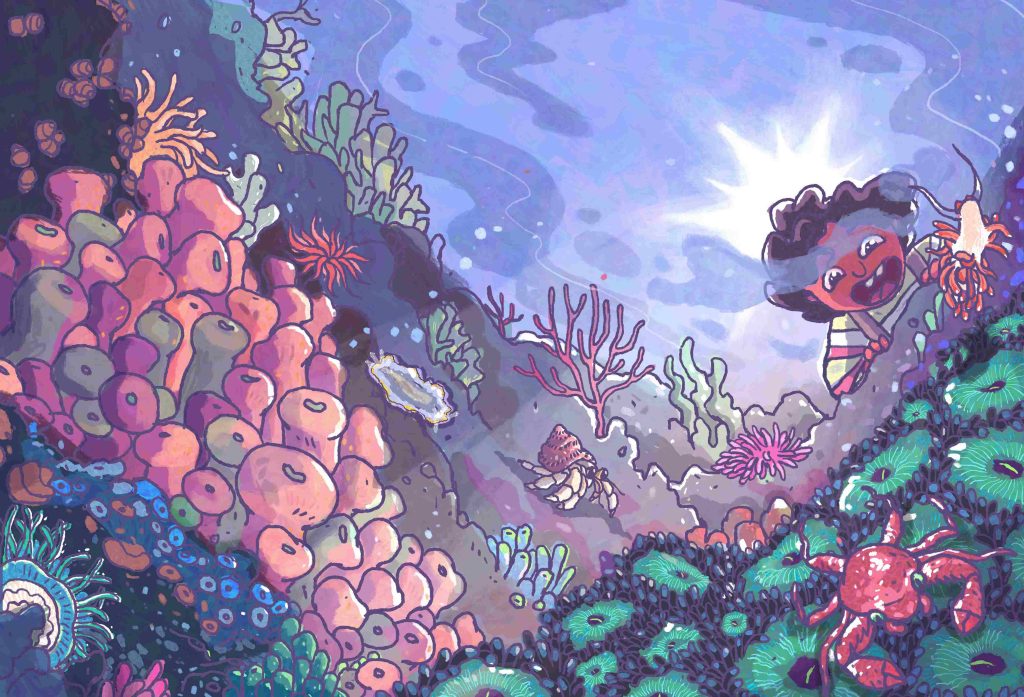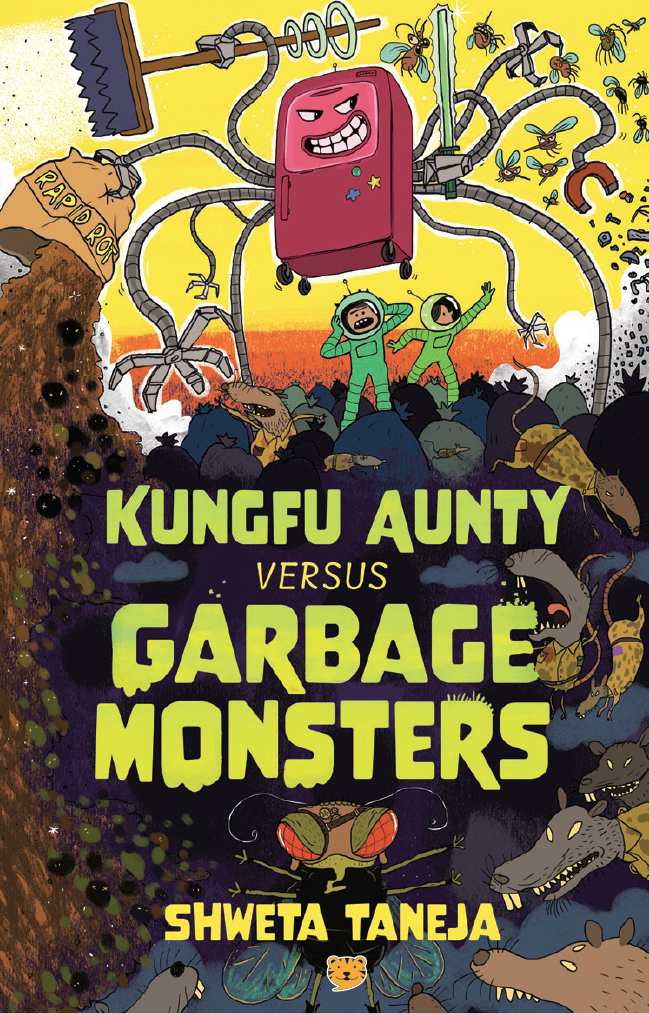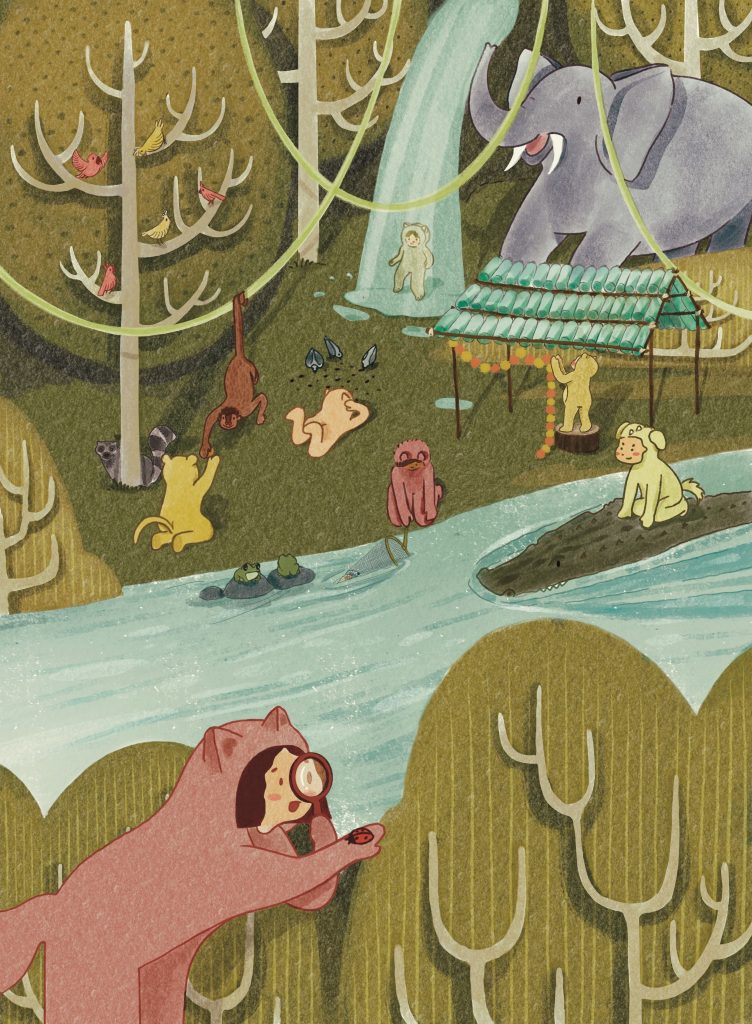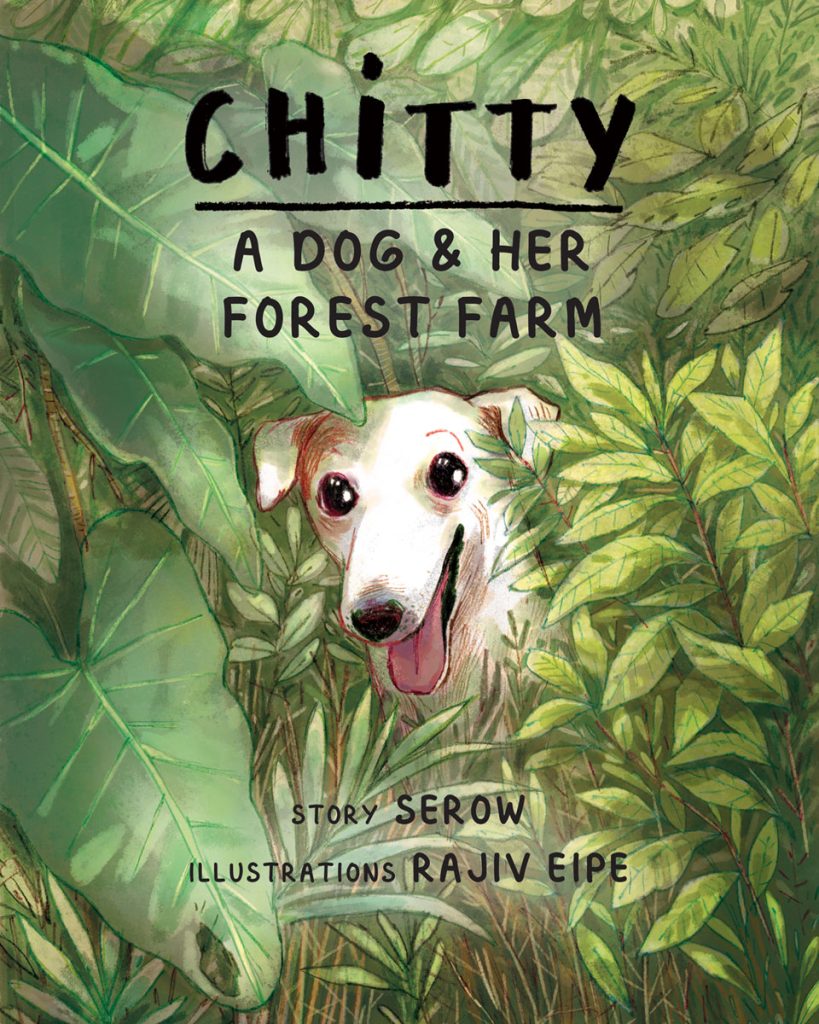Scientific name
Diceros bicornis
{Dicero comes from the Greek words, Di = two and Ceros = horn and Bicornis from the Latin words, Bi = two and Cornis = horn}
Also called the hook-lipped rhino, it’s hook-shaped upper lip helps grasp and rip plants.
Diceros bicornis bicornis, Diceros bicornis michaeli, Diceros bicornis minor and Diceros bicornis longipes are all sub-species of the African black rhino found in the dry deserts, wet forests and Savannah grassland.
Length (head and body)
3.0 – 3.8m
Height (at shoulder)
1.4 – 1.7m
Weight
800 – 1,350kg
Larger front horn
0.5 – 1.3m
Smaller rear horn
up to 55 cm
Diet
Herbivorous
2000 BC
Rhinos engraved into rocks in Niger
Early 20th Century
Increased hunting, land clearance for agriculture & conflict due to crop damage. With the exclusion of indigenous people from many areas, and increased trophy hunting, traditional knowledge and ways of life are lost. This leads to poverty and the search for alternative livelihoods.
1930s
Population falling fast
1950s – now
Increased use of rhino horn in Chinese medicine (thought to cure rheumatism, gout, fever, typhoid and other conditions. There is little evidence for these medical benefits). Poaching is lucrative and a poacher could make more money in a day than he would otherwise earn in a year.
1980
Rhinos found in only two countries, 110 in Cameroon and 25 in Chad.
1991
50 in Cameroon and none in Chad.
1997
10 – 18 individuals remaining.
2001
5 confirmed and 3 unconfirmed sightings.
2006
Extensive survey fails to find any rhinos.
2011
Western black rhino officially declared extinct.
A look into the future
Although facing many of the same threats which caused extinction of the Western black rhino, all three of the other subspecies still survive in the wild. The numbers are increasing, conservationists are optimistic that with effort and pressure from governments and the public, the remaining black rhinos can be saved.
There are critical questions that still need to be answered. Who owns the rhinos? Should rhinos be protected, harvested for their horns or both? How do we balance the rights of people and rhinos? Is there a role for ecotourism?
Population size estimate (IUCN, 2010)
D.b.bicornis (South-Western)
1920
D.b.michaeli (Eastern)
740
D.b.minor (Southern-Central)
2220





